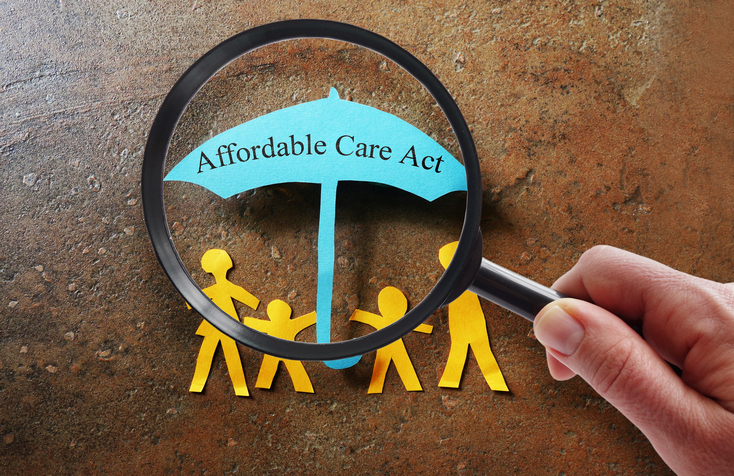Merrill Goozner is an award-winning journalist and author of “The $800 Million Pill: The Truth Behind the Cost of New Drugs” who writes regularly at Gooznews.com.
More from Gooznews
I finally understand the drive to tax health benefits championed in some liberal circles, thanks to a column on the New Republic’s Treatment blog by Professor Harold Pollack of the University of Chicago. It’s all politics. Carefully designed, the tax could fall mostly on affluent upper middle-class households, who tend to be progressive and Democratic in their voting patterns and least likely to complain or turn on the President or Congress.
Indeed, most would likely support the tax precisely because they are liberals and can be relied on to politically back paying higher taxes to support the working poor whose employers fail to provide them with health insurance.

With the Rise of AI, What IP Disputes in Healthcare Are Likely to Emerge?
Munck Wilson Mandala Partner Greg Howison shared his perspective on some of the legal ramifications around AI, IP, connected devices and the data they generate, in response to emailed questions.
First, let’s recall the objections to an across-the-board removal of the tax exclusion for plans that cost more than the 75th percentile of all insurance plans. High-cost plans aren’t high-cost because of generous benefits (oh, there are a few like that, but not many). Most high-cost plans are high-cost because they exist in high-cost areas; have older and/or sicker employees; or the employer is small, which presents the insurance industry with both higher actuarial risk and higher administrative costs.
These factors can be adjusted for, but then the $450 billion over ten years that the Congressional Budget Office projected could be raised by eliminating the tax exclusion for these high-cost plans largely disappears.
Dr. Pollack picks a different method of targeting the tax on benefits. Instead of adjusting for local costs and risk (which would turn it into a tax on nearly half the privately insured population), he would only apply the exclusion elimination to high-income households in high-cost plans (over $100,000 in individual income or $200,000 in combined family income). This would still raise $162 billion over ten years, he points out.
Such measures would hit a minority of union members–for example teachers married to high-earners in New Jersey. By and large, though, these are progressive tax increases on affluent professionals. . . A surtax on rich people (the House bill’s alternative) is amply justified, but poses political challenges. And, yes, some adjustment should be made in the generous tax subsidies provided for health benefits provided to people like me.
So taxing wealthy Republicans with powerful lobbying groups in Washington is challenging, but taxing upper-middle class professionals is fine. Well, tax them both, I say. They can afford it, as this fine post by Maggie Mahar on the Health Beat pointed out last week. But please don’t claim that this has anything to do with holding down health care costs, which is a separate and still-to-be addressed problem in the health care legislation, as this dissent posted on the Mayo Clinic blog argued yesterday.
In general, the proposals under discussion are not patient focused or results oriented. Lawmakers have failed to use a fundamental lever – a change in Medicare payment policy – to help drive necessary improvements in American health care. Unless legislators create payment systems that pay for good patient results at reasonable costs, the promise of transformation in American health care will wither. The real losers will be the citizens of the United States.















